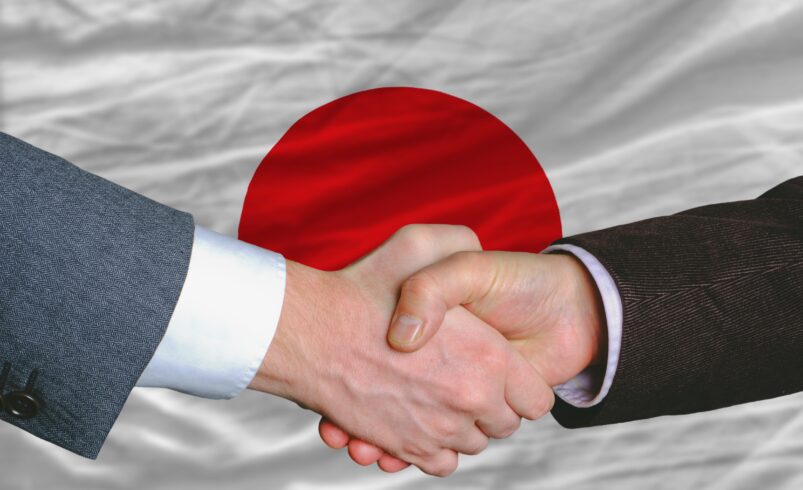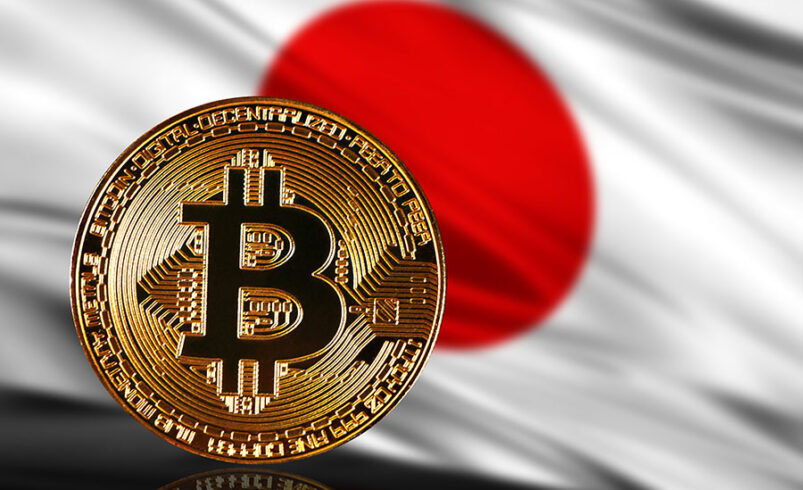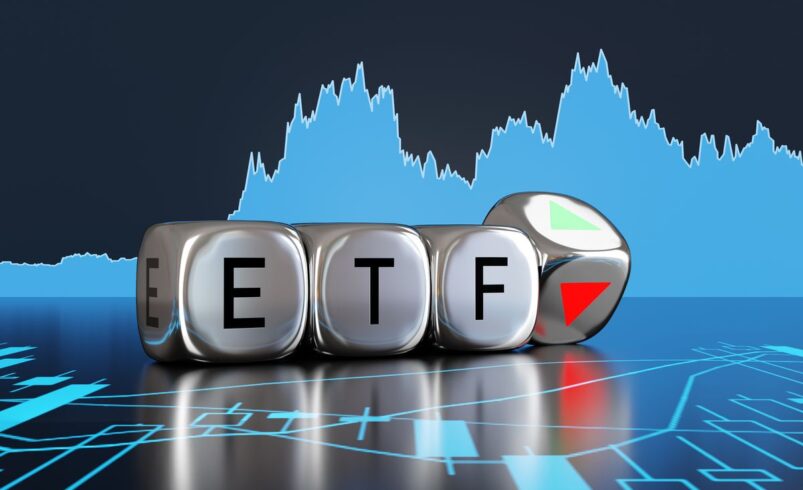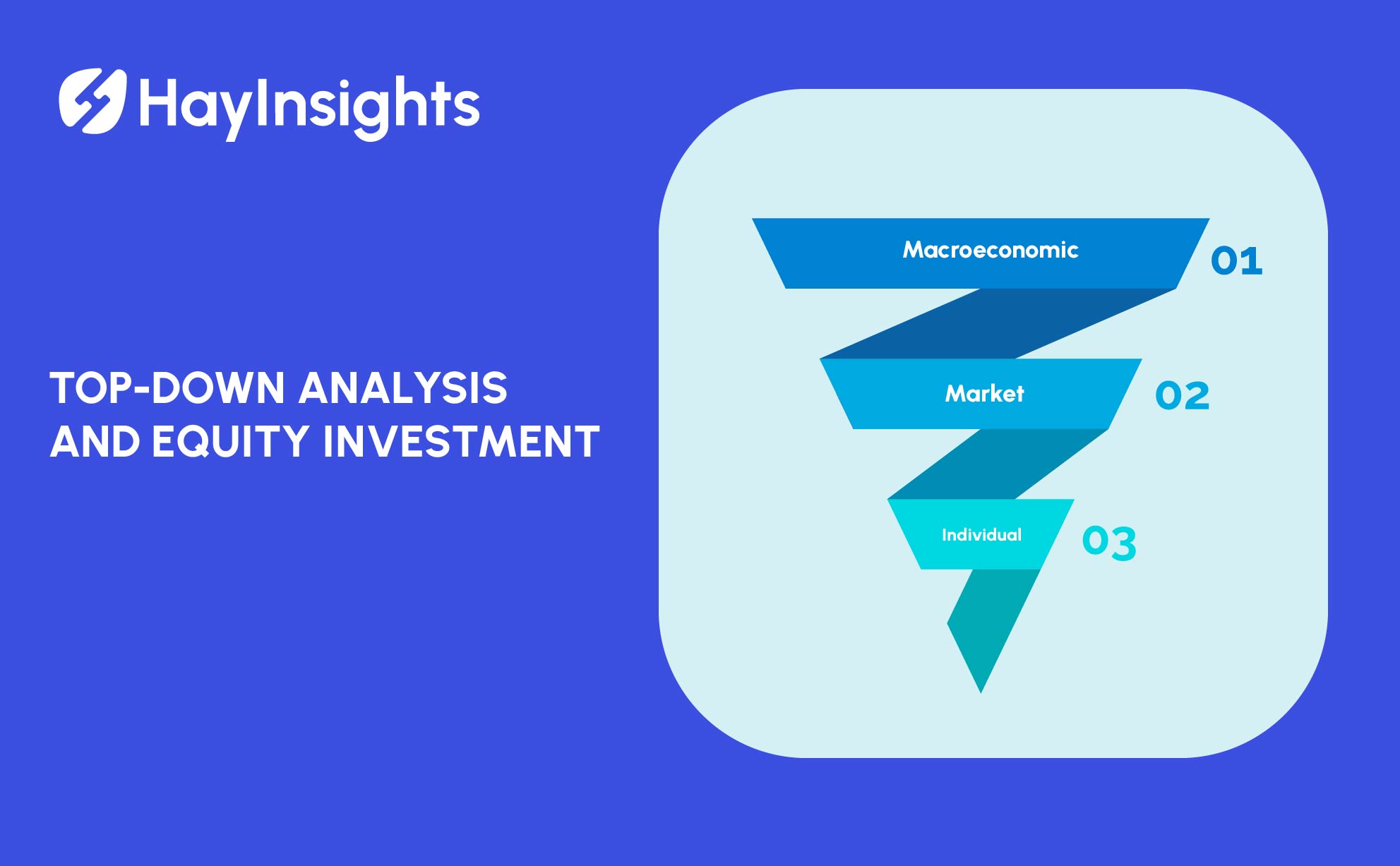
Japan’s GPIF is Transforming ESG Investing: A Comprehensive Look 2024
Japan’s Government Pension Investment Fund (GPIF) is the largest pension fund in the world, managing over $1.7 trillion in assets as of 2023. Given its immense size and influence, the fund plays a crucial role in shaping global financial markets. In recent years, the GPIF has emerged as a key player in the world of Environmental, Social, and Governance (ESG) investing, underscoring the increasing importance of sustainability in the investment strategies of both public and private sectors.
This article explores the intricate relationship between Japan’s GPIF and ESG investing, focusing on how the fund’s ESG strategy has evolved, its impact on global markets, and what the future holds for sustainable investing in Japan.
1. Understanding the GPIF’s Role in Japan and Global Markets
As Japan’s largest public pension fund, the GPIF holds significant responsibility for ensuring the financial stability of Japan’s aging population. The fund’s primary objective is to generate long-term, stable returns to support pension payouts for future retirees. With its vast pool of assets, GPIF not only affects domestic financial markets but also has a considerable influence on global investment flows.
Traditionally, the GPIF focused on maximizing returns while minimizing risks, investing predominantly in government bonds and a mix of domestic and international equities. However, recognizing the growing importance of sustainability and responsible investing, the fund has significantly shifted toward integrating ESG principles in recent years.
2. The Rise of ESG Investing: Global and Japanese Context
Before delving into the GPIF’s ESG strategies, it’s essential to understand the broader context of ESG investing. ESG investing refers to the practice of factoring environmental, social, and governance considerations into investment decisions alongside traditional financial metrics. It has gained immense traction worldwide, as both institutional investors and corporations recognize that long-term financial performance is increasingly tied to sustainability issues, such as climate change, social inequality, and corporate governance.
In Japan, ESG investing has gained momentum over the past decade, particularly in response to global initiatives like the United Nations’ Sustainable Development Goals (SDGs) and the Paris Agreement on climate change. The country’s aging population, environmental vulnerabilities (as seen in natural disasters like the 2011 Fukushima nuclear disaster), and increasing regulatory pressure have also spurred the focus on sustainability.
3. GPIF’s Initial Foray into ESG Investing
GPIF’s journey into ESG investing began in earnest around 2015, when it became a signatory to the United Nations Principles for Responsible Investment (PRI). This move was pivotal, signaling GPIF’s commitment to incorporating ESG factors into its investment strategy. The PRI encourages investors to adopt a framework for responsible investment and incorporate sustainability considerations into their decisions.
One of the key drivers behind this shift was the recognition that ESG factors could affect the long-term performance of the fund’s investments. For instance, companies with poor environmental records might face regulatory penalties or reputational damage, ultimately impacting their financial performance. Similarly, strong governance and social policies were seen as vital for fostering corporate resilience and long-term profitability.
4. Expanding the ESG Mandate: The Stewardship Code and Corporate Governance Code
To support its ESG strategy, GPIF worked in tandem with Japan’s broader regulatory reforms. In 2014, Japan introduced its Stewardship Code, which encourages institutional investors to actively engage with the companies they invest in to promote sustainable corporate practices. The code emphasizes long-term value creation through active engagement and voting policies.
Additionally, Japan introduced the Corporate Governance Code, which requires companies to enhance transparency, promote shareholder rights, and improve corporate governance practices. These regulatory frameworks provided the foundation for GPIF’s increasing focus on ESG, pushing both investors and companies toward more sustainable and accountable practices.
5. GPIF’s Approach to ESG Integration
GPIF’s approach to ESG integration is multifaceted, encompassing environmental, social, and governance factors. The fund has implemented several key strategies to align its portfolio with sustainability goals.
A. ESG Indices and Benchmarking
One of GPIF’s most significant steps in integrating ESG principles was the adoption of ESG indices for its passive equity investments. Passive investment strategies typically track benchmark indices, and by choosing ESG-focused indices, GPIF ensures that its investments align with sustainability criteria. In 2017, GPIF introduced three ESG indices for Japanese equities: the FTSE Blossom Japan Index, the MSCI Japan ESG Select Leaders Index, and the MSCI Japan Empowering Women Index.
These indices track companies with high ESG scores, rewarding firms that demonstrate leadership in sustainability, diversity, and good governance practices. By aligning its passive investments with these indices, GPIF signaled that ESG performance is a critical factor in its investment decision-making process.
B. ESG-Linked Engagement
Beyond passive investing, GPIF has also emphasized active engagement with the companies in its portfolio. The fund believes that constructive dialogue with company management on ESG issues can help drive improvements in corporate behavior, which in turn leads to long-term financial performance. GPIF works closely with its asset managers to ensure they engage in meaningful discussions with companies about sustainability and governance.
C. Promoting Green Bonds
GPIF has shown increasing interest in green bonds, which are financial instruments issued to fund projects with environmental benefits, such as renewable energy initiatives or climate change mitigation. As part of its broader sustainability agenda, GPIF has encouraged investment in green bonds and supported the development of Japan’s green bond market.
6. Impact of GPIF’s ESG Strategy on Global Markets
GPIF’s shift toward ESG has had far-reaching implications, not only for Japan but also for global financial markets. Given the fund’s size, its decisions set an example for other institutional investors, both in Japan and abroad. GPIF’s adoption of ESG indices and its commitment to sustainable investing have encouraged other large pension funds and asset managers to follow suit, amplifying the global shift toward responsible investing.
Moreover, GPIF’s influence extends beyond equities to other asset classes, such as bonds and real estate. As the fund increasingly allocates capital to green bonds and sustainable real estate projects, it further propels the growth of these markets. In essence, GPIF’s ESG strategy is reshaping the global investment landscape, encouraging more capital to flow toward sustainable assets.
7. Challenges and Criticisms
Despite its leadership in ESG investing, GPIF faces several challenges. One criticism of ESG investing is the lack of standardized metrics for evaluating ESG performance, which can make it difficult for investors to compare companies or sectors accurately. Additionally, while GPIF has made significant progress in integrating ESG factors, some argue that the pace of change is still slow, particularly in areas like decarbonization and social issues.
Furthermore, Japan’s reliance on coal and nuclear energy poses a challenge for the country’s broader sustainability goals. While GPIF supports green investments, the country’s energy transition is not as rapid as in some other developed nations, complicating efforts to fully align investment portfolios with environmental goals.
8. The Future of GPIF and ESG Investing
Looking ahead, GPIF is likely to deepen its commitment to ESG investing. As global awareness of climate change and social issues grows, and as Japan pushes forward with its goal of becoming carbon neutral by 2050, GPIF will play a critical role in steering capital toward sustainable initiatives. The fund is expected to continue expanding its use of ESG indices, promoting active engagement, and supporting innovative green finance instruments like green bonds.
Moreover, as ESG data becomes more standardized and transparent, GPIF will likely refine its ESG strategies, ensuring even greater alignment with sustainability goals. The integration of emerging technologies, such as artificial intelligence and big data, could further enhance the fund’s ability to assess and manage ESG risks.
Conclusion
The relationship between Japan’s Government Pension Investment Fund (GPIF) and ESG investing is a testament to the growing recognition that sustainability and long-term financial performance are inextricably linked. Through its adoption of ESG indices, active engagement with companies, and support for green bonds, GPIF has positioned itself as a leader in responsible investing, not just in Japan but globally.
As the world faces pressing challenges, from climate change to social inequality, GPIF’s commitment to ESG investing provides a blueprint for how institutional investors can drive positive change while generating stable, long-term returns. Moving forward, GPIF’s role in promoting sustainability will continue to shape the future of investing, both in Japan and on the global stage.













